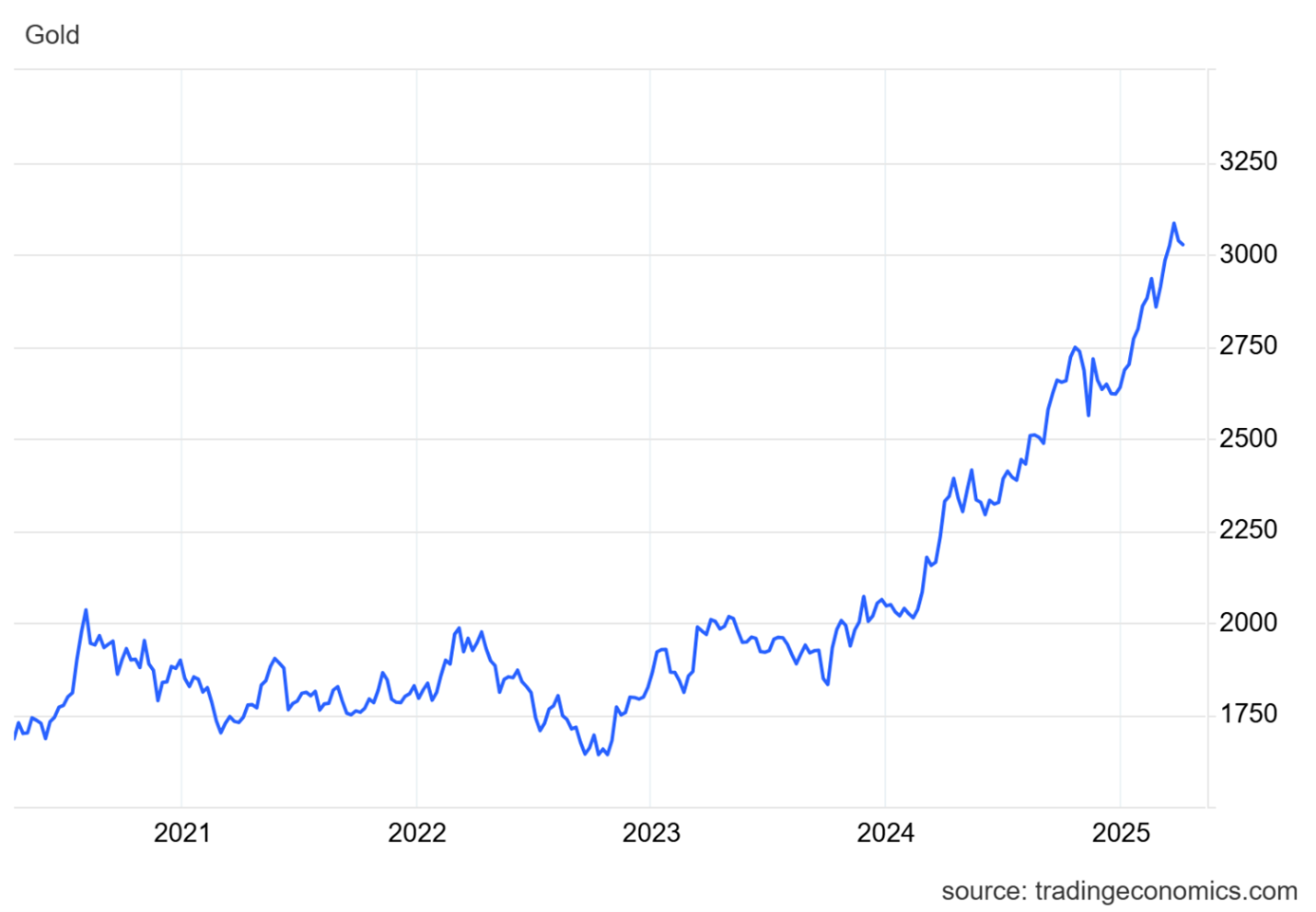.jpg)
In today’s world, where economic and geopolitical factors are constantly changing, the question of protecting investments is becoming increasingly important. While traditional financial instruments provide a certain degree of stability, there are also specific assets, known as safe assets, that are capable of withstanding volatility and preserving wealth.
The Silent Enemy of Your Savings
Before we look at what safe assets are, it's important to understand the concept of inflation itself. Inflation is a general rise in prices, which means that the same amount of money buys you less than it did in the past. Inflation most often occurs when demand for goods and services exceeds their supply, or when more money enters circulation, decreasing its purchasing power. While a mild increase in prices is a natural part of a healthy economy, sharp rises can seriously disrupt the financial stability of households and investors. External factors such as war, global pandemics, or geopolitical tensions often contribute to the intensification of this phenomenon. In such times, the question arises more frequently: How do you protect your wealth when money is rapidly losing its strength? One of the most common answers is investing in instruments that can retain their value and provide the necessary resilience even during crises and uncertainty.
What Are Safe Assets?
Safe assets are investments characterized by low volatility and high resistance to economic shocks. They serve as a stable foundation for a portfolio—not because of high returns, but due to their ability to protect capital during times of increased volatility. Among the best-known are government bonds from countries with trustworthy economies (e.g., U.S. TIPS[1] – Treasury Inflation-Protected Securities), real estate, or precious metals like gold and silver. Each of these assets has its own advantages—some offer regular income, others provide instant liquidity or a historical track record as a store of value.
Traditional Pillars in Times of Uncertainty
Gold and silver have been considered safe havens for centuries. They are not subject to the whims of central banks or government budgets, and their value is defined by limited supply and long-term demand. These are universally recognized commodities that have withstood wars, recessions, and currency collapses. Their main advantage is that they are tangible assets, which you can hold outside of the digital space or banking system. On the other hand, precious metals prices can fluctuate in the short term, influenced by geopolitics or the strength of the dollar. Also, compared to other investment assets, precious metals do not generate passive income like dividends or rent. Despite these drawbacks, they remain an attractive component of a diversified portfolio, especially as insurance against inflation and systemic risks.
Gold in Practice
Over the past five years, from April 2020 to April 2025, gold has seen a significant rise in value. While in 2020 its price hovered around USD 1,700 per troy ounce, by September 2024 it had risen to approximately USD 2,656—an increase of more than 75%. The upward trend continued into the first quarter of 2025, with gold reaching a historical high above USD 3,100 per ounce in March[2]. This development was driven by a combination of factors, such as concerns about rising price levels, international tensions, and weakened trust in traditional financial institutions, prompting investors to seek safe havens. According to analysts’ estimates, including those from Goldman Sachs, the price of gold could reach as high as USD 3,300 by the end of 2025[3].

Comparison of Safe Assets
Although gold is often considered a “safe haven,” history shows that even this metal is not immune to all fluctuations. A notable example is the prolonged decline in its price during the 1980s and 1990s, which serves as a reminder that no asset is risk-free[4]. Additionally, while gold protects against inflation and systemic shocks, it does not offer stable income. On the other hand, bonds provide regular returns, but their value may decrease if interest rates rise. Cash is the most liquid, but in times of high inflation, it quickly loses its real purchasing power. For these reasons, it is increasingly recommended to combine these assets—holding part of a portfolio in precious metals for protection, part in bonds for stable income, and part in cash for flexibility.
Ways to Invest in Precious Metals
The options for trading and investing in gold and silver have significantly expanded. The classic route remains the purchase of physical metals, such as coins or bars. This method offers direct control over the asset, but requires solutions for secure storage and possibly insurance. For those who prefer digital alternatives, there are ETFs linked to precious metals prices, or shares in mining companies. These investments allow for more flexible trading and easier integration into a broader portfolio. The market also offers platforms that allow the purchase of physical gold with delivery or storage in external vaults. When choosing an investment form, it's important to consider fees, the provider’s reputation, storage methods, and your personal investment goals
Stability in an Unstable World
Inflation, uncertainty, and market fluctuations are a reality we must learn to live with. But that doesn’t mean we have to passively watch our savings evaporate. With a well-chosen strategy and a sensible mix of safe assets, it is possible to protect your capital and preserve its value even during the most turbulent times. Precious metals, along with other instruments, can form a strong foundation for such a strategy. The key is balance, thoughtful selection, and a willingness to view investing as a long-term game.
[1] https://www.investopedia.com/terms/t/tips.asp
[2] https://tradingeconomics.com/commodity/gold
[3] https://www.investopedia.com/gold-rises-as-goldman-sachs-lifts-year-end-forecast-11704205
[4] https://www.investopedia.com/financial-edge/0311/what-drives-the-price-of-gold.aspx

He has been trading in the capital markets since 2002, when he started as a commodity Futures trader. Gradually he shifted his focus to equity markets, where he worked for many years with securities traders in Slovakia and the Czech Republic. He also has trading experience in markets focused on leveraged products such as Forex and CFDs, and his current new challenge is cryptocurrency trading.


